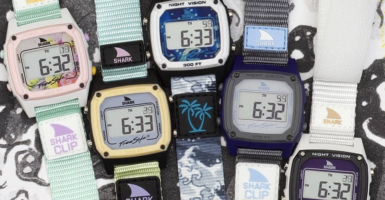Looking Back At The Biggest Stories Of 1960
The dawn of the 1960s brought big changes to the world. Americans elected their youngest president ever in John F. Kennedy, the early stirrings of the civil rights movement began to coalesce into something bigger, and the Cold War intensified.
Despite these transformative changes, in many ways, 1960 was a transitional year. In terms of pop culture and social norms, it had more in common with the ’50s than it did the ’60s. Despite this, 1960 was a year that would lay the groundwork for many of the defining innovations and cultural shifts of the decade to come.
The Greensboro Sit-Ins made headlines.
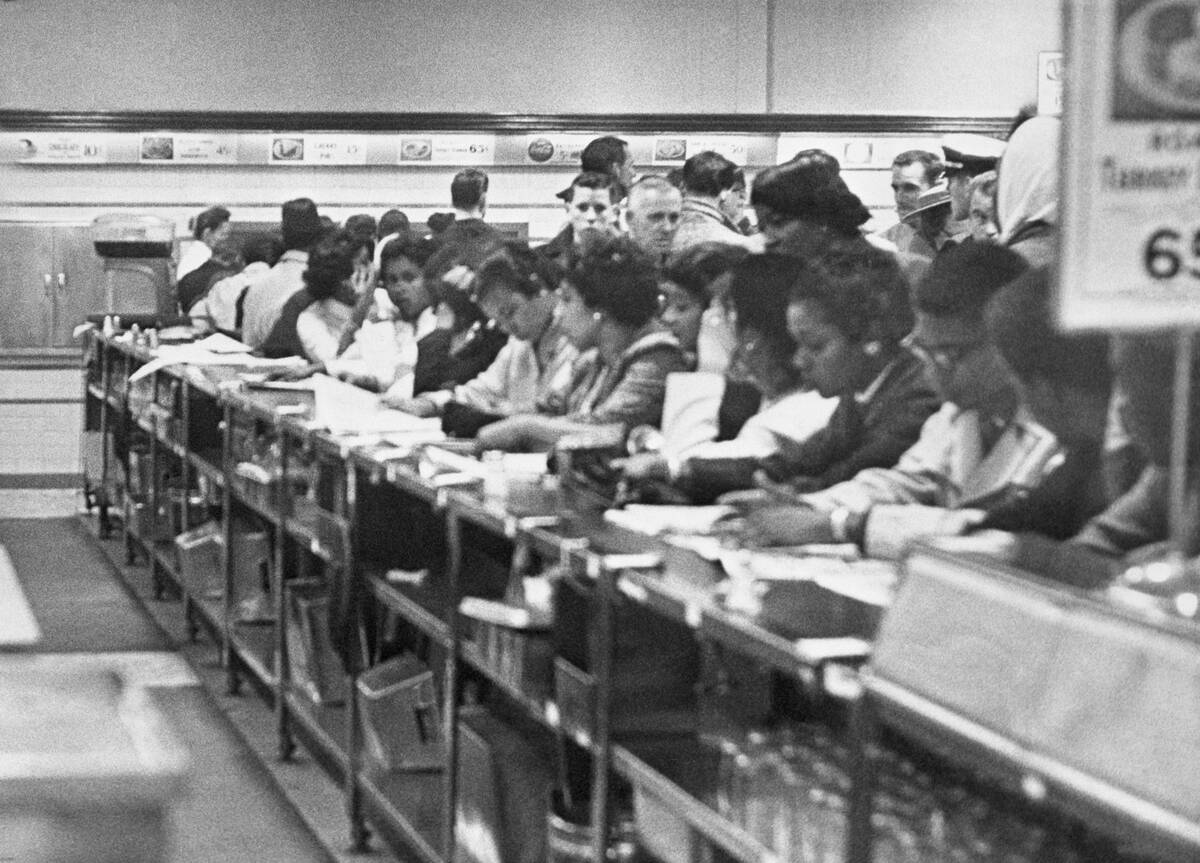
On February 1st, four Black students from North Carolina Agricultural and Technical State University made a bold statement when they sat down at the “whites only” lunch counter at a Woolworth’s store in Greensboro, North Carolina, and requested service. When staff refused, the students remained seated in silent protest until the store closed.
It was a quiet and non-violent form of protest, and none of the students were arrested — but news spread quickly, and thousands of other students would stage similar sit-ins in the weeks that followed. In time, this movement led to the formation of the Student Nonviolent Coordinating Committee, which became a leading civil rights organization of the ’60s.
The U-2 incident inflamed tensions.
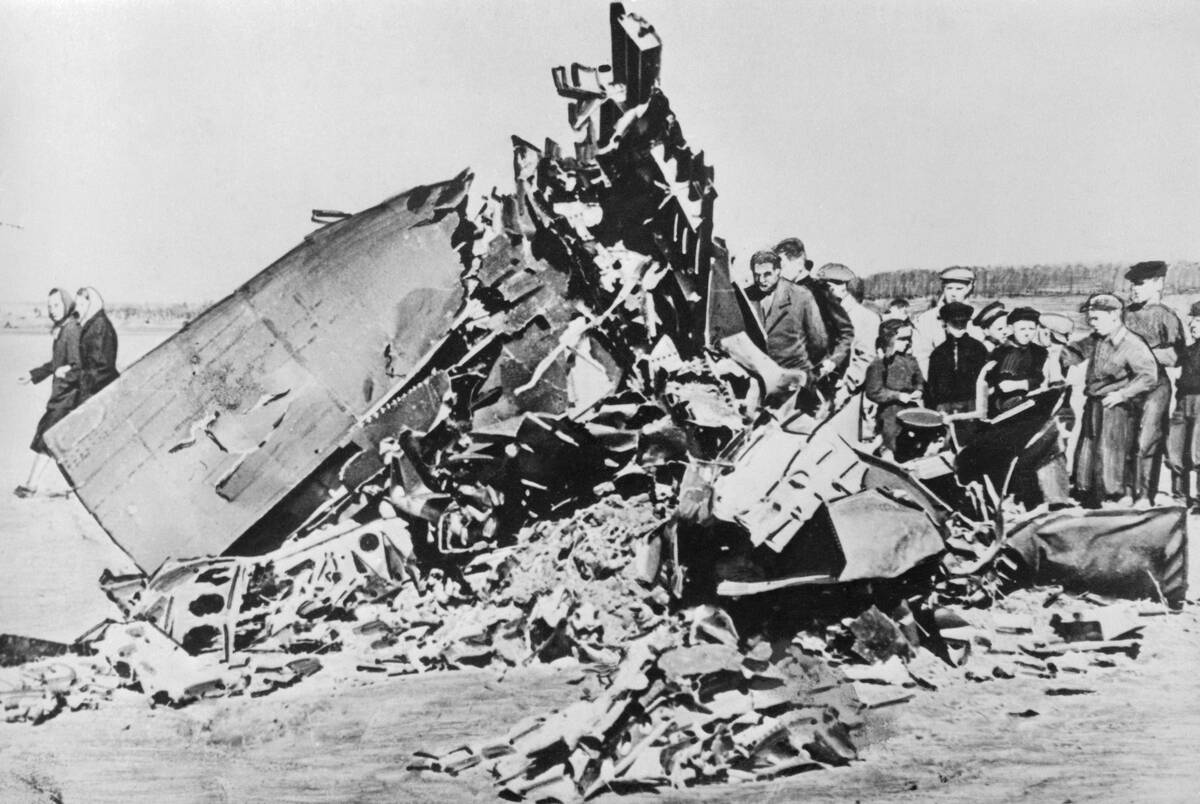
An American U-2 spy plane piloted by Francis Gary Powers was shot down deep inside Soviet territory in May while it engaged in an intelligence-gathering mission. The U.S. government attempted to save face by claiming the plane was a weather research plane that had veered off-course, but this story fell apart when the Soviets revealed that they had captured not only the plane, but also its pilot, who was still alive.
It was a significant international embarrassment for the United States, one that strained any hopes for diplomacy between the Cold War superpowers. Soviet Premier Nikita Kruschev demanded an apology, and U.S. President Dwight D. Eisenhower refused.
Colonial empires shrank significantly.
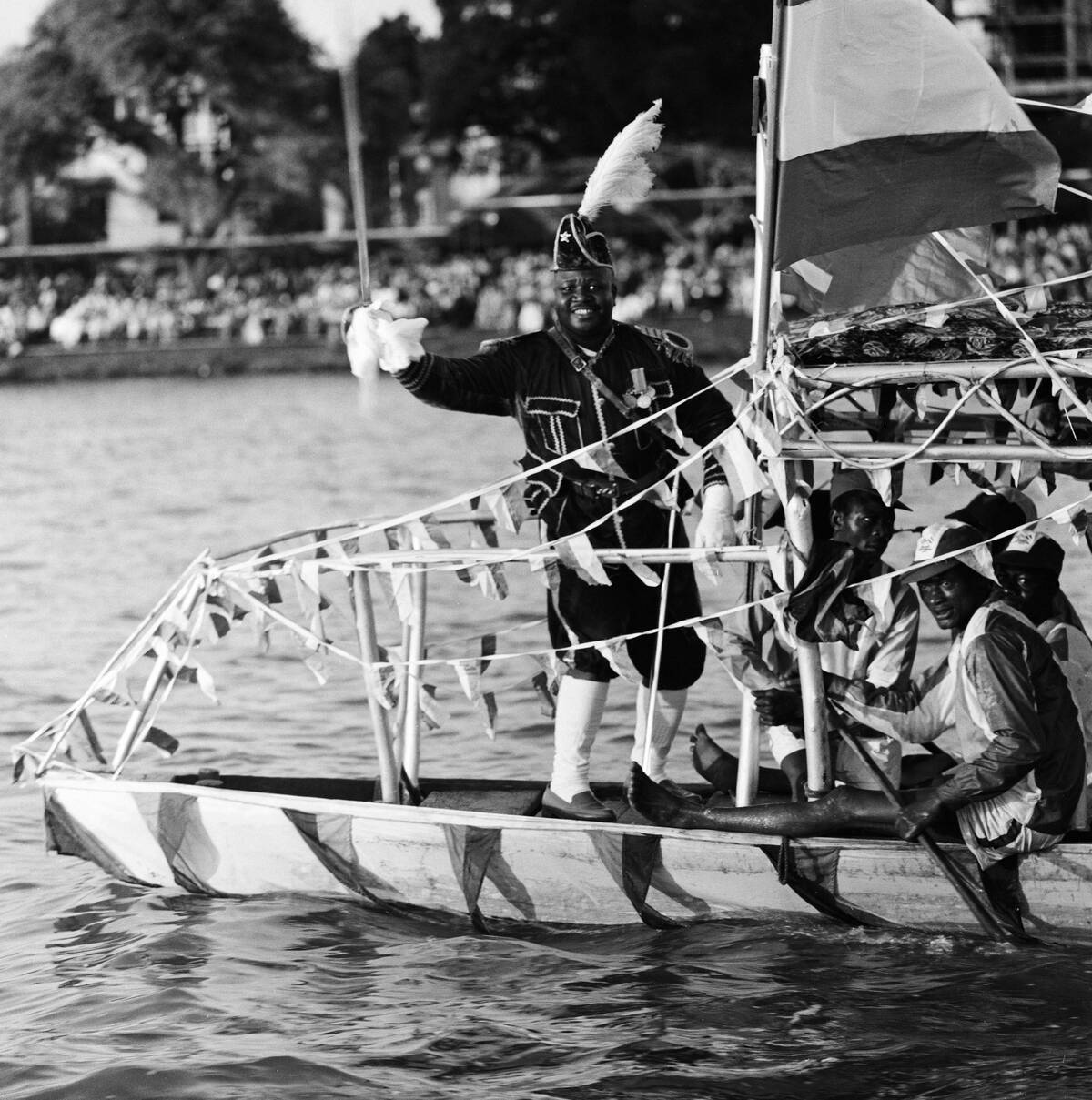
At the dawn of the 1960s, much of Africa was still controlled by European powers — mostly France, Belgium, and Britain. However, a combination of factors — rising nationalist movements throughout the continent, along with the influence of the United Nations — led to many of these countries gaining independence.
In the singular year of 1960, an astonishing number of African countries — 17 in all — gained independence from European powers. This is the year that nations like Nigeria, Senegal, Madagascar, Côte d’Ivoire, Chad, and Mali emerged as sovereign states. While they experienced growing pains throughout the ’60s, it was a remarkable shakeup to the old colonial order.
The Pill became a reality.

A watershed moment not just in the world of contraception, but also for women’s autonomy as a whole, came in May when the FDA approved Enovid, the first oral contraceptive that could be used as a birth control method.
The pill was initially only approved for “menstrual disorders,” but like many medications before it, off-label use became more common. Doctors began prescribing it for birth control purposes, and it became a symbol of women’s empowerment in the decade.
South Africa experienced one of its worst moments.
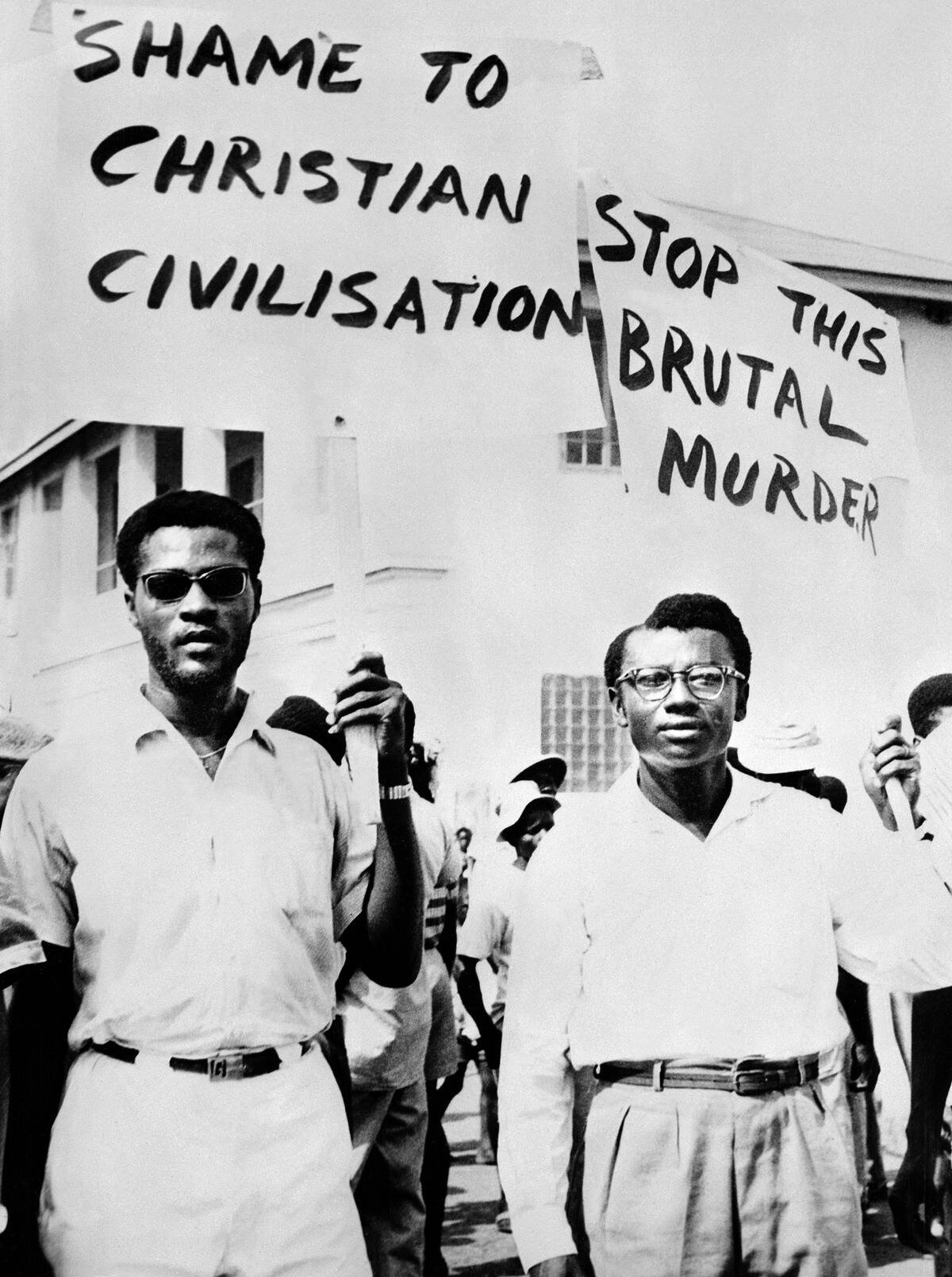
On March 21st, a rally in South Africa turned tragic when police opened fire on a crowd of Black demonstrators in the township of Sharpeville, killing 69 in all and wounding over 180 others.
The crux of the protest was opposition to the country’s brutal apartheid laws. While protesters were non-violent, police responded with brutal, deadly force. While news stories out of Africa rarely got much coverage from Western press, the Sharpesville Massacre attracted widespread combination. Today, the massacre is commemorated as Human Rights Day in South Africa.
OPEC challenged the old order.
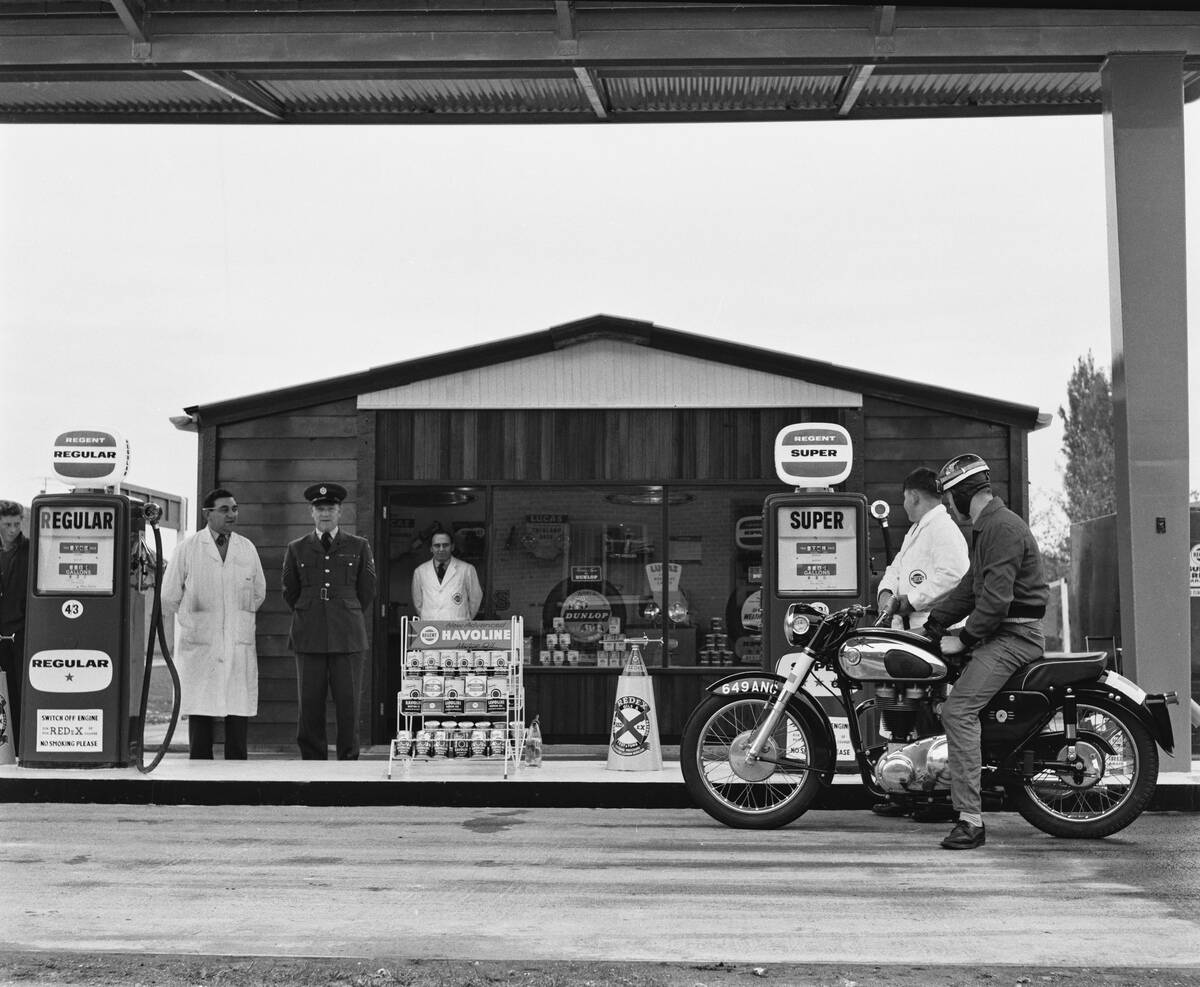
For decades, Western oil companies — usually referred to as the “Seven Sisters” — dominated the global energy sphere, as this coalition was better organized than other oil-producing nations. That all changed in September with the formation of the Organization of the Petroleum Exporting Countries, or OPEC — consisting of Iran, Iraq, Kuwait, Saudi Arabia, and Venezuela.
While OPEC had limited influence to start, it laid the groundwork for resource-rich countries to use their oil as a geopolitical tool. This came to a head more than a decade later during the 1973 oil embargo, which demonstrated the economic might of OPEC.
Presidential debates were televised for the first time.
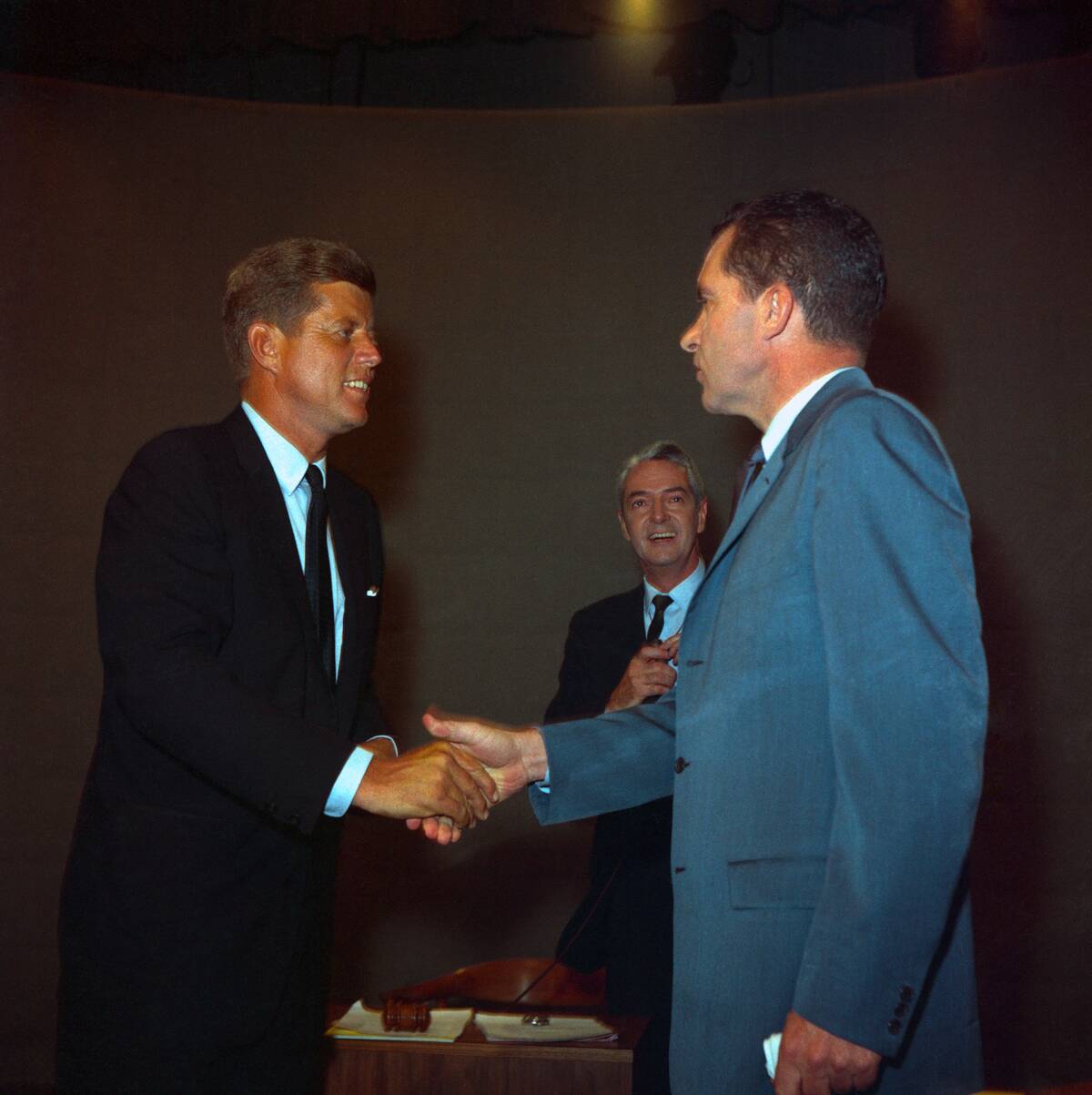
The U.S. presidential election of 1960 marked a first, as it was the first time that debates were televised on live television. The first debate on September 26th was watched by tens of millions of Americans and set the tone for the election two months later.
In that debate, Richard Nixon — who was recovering from illness and refused to wear makeup — appeared pale, sweaty, and tired. John F. Kennedy, by contrast, looked confident, tanned, and polished. Even though both candidates made strong cases, most viewers saw Kennedy as the winner based mostly on his appearance.
Americans elected JFK.
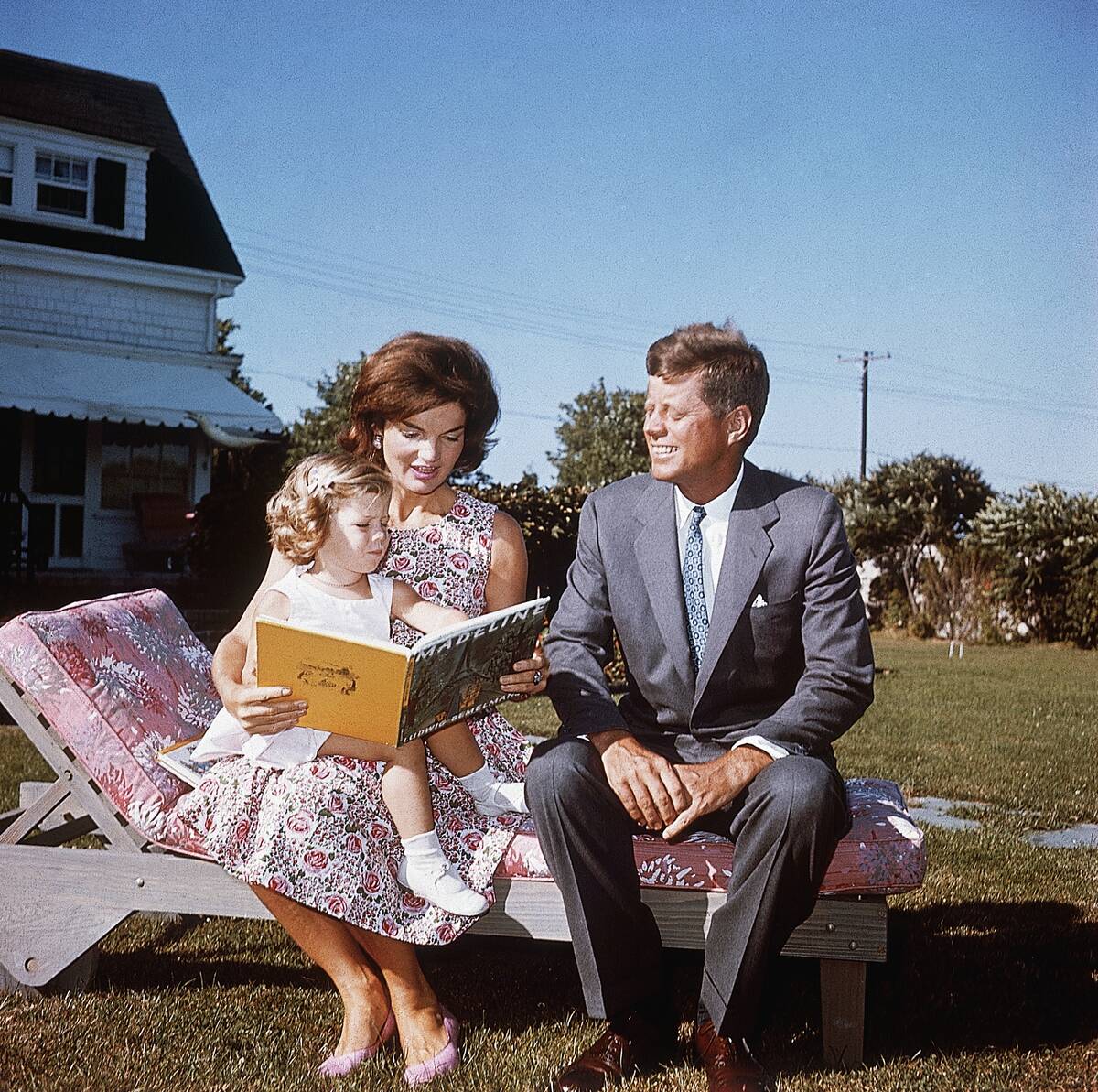
John F. Kennedy, a 43-year-old Democratic senator from Massachusetts, became the youngest president in U.S. history — and the first Catholic president — when he narrowly defeated Richard Nixon in both the popular and electoral vote.
Kennedy brought a level of glamor to the White House, leading to the nickname of “Camelot.” His presidency came in the midst of the Cold War, and as such, one of his top priorities was closing the “missile gap” with the Soviet Union. It was a presidency that embodied both the optimism and the tension of the 1960s — a presidency that would come to a sad and sudden end in 1963.
Ruby Bridges integrated an all-white school.
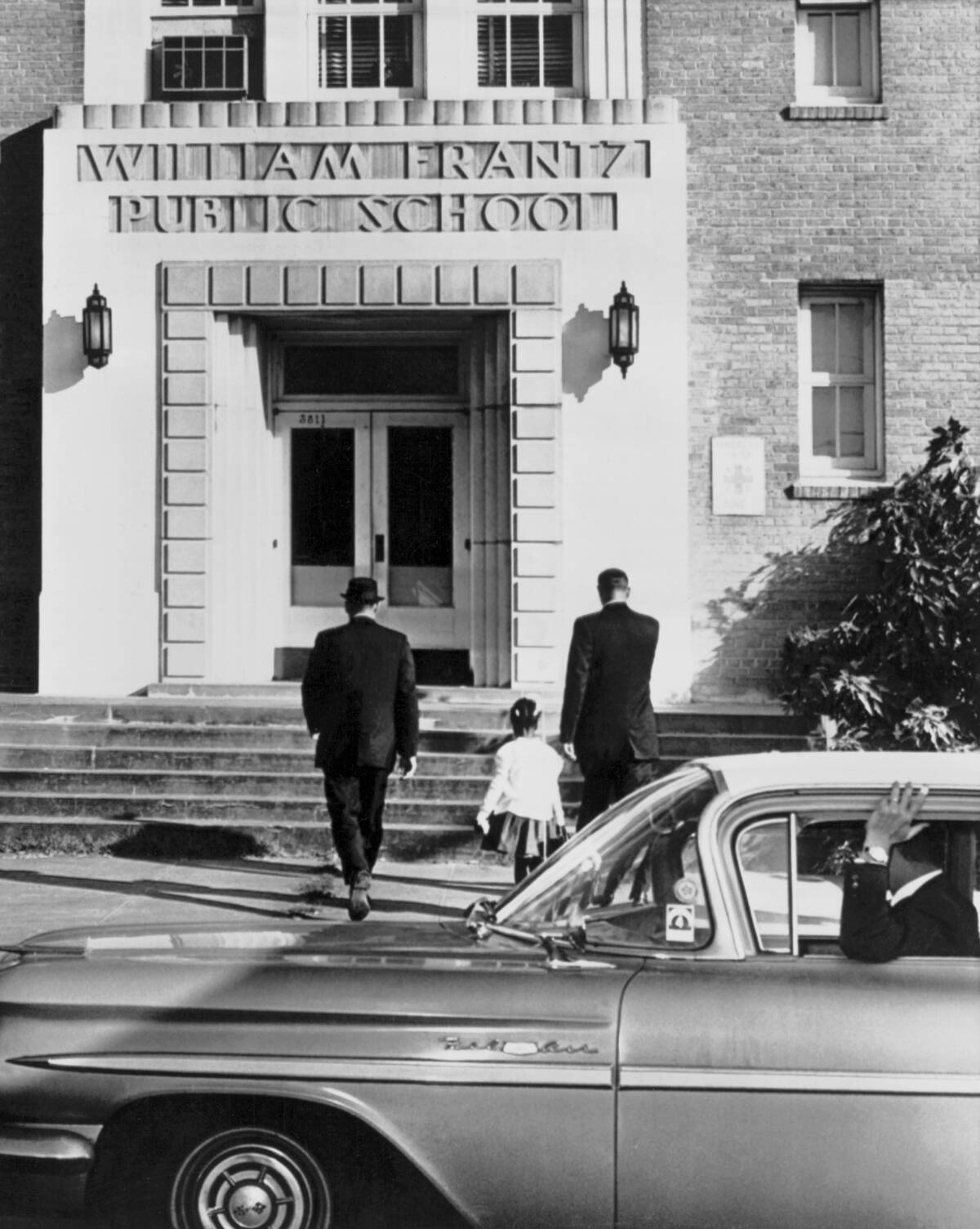
Ruby Bridges was subjected to an uncomfortable amount of media coverage at the tender age of six, as she became the first Black child to attend the formerly all-white William Frantz Elementary School in New Orleans. This integration came as a direct result of the Supreme Court’s Brown v. Board of Education decision, which struck down racial segregation in public schools.
It was a contentious ruling, and Bridges’ attendance was also contentious. She was escorted daily by federal agents for her own protection, and she faced further isolation and discrimination from students and teachers who refused to associate with her.
Weather forecasts came from space.
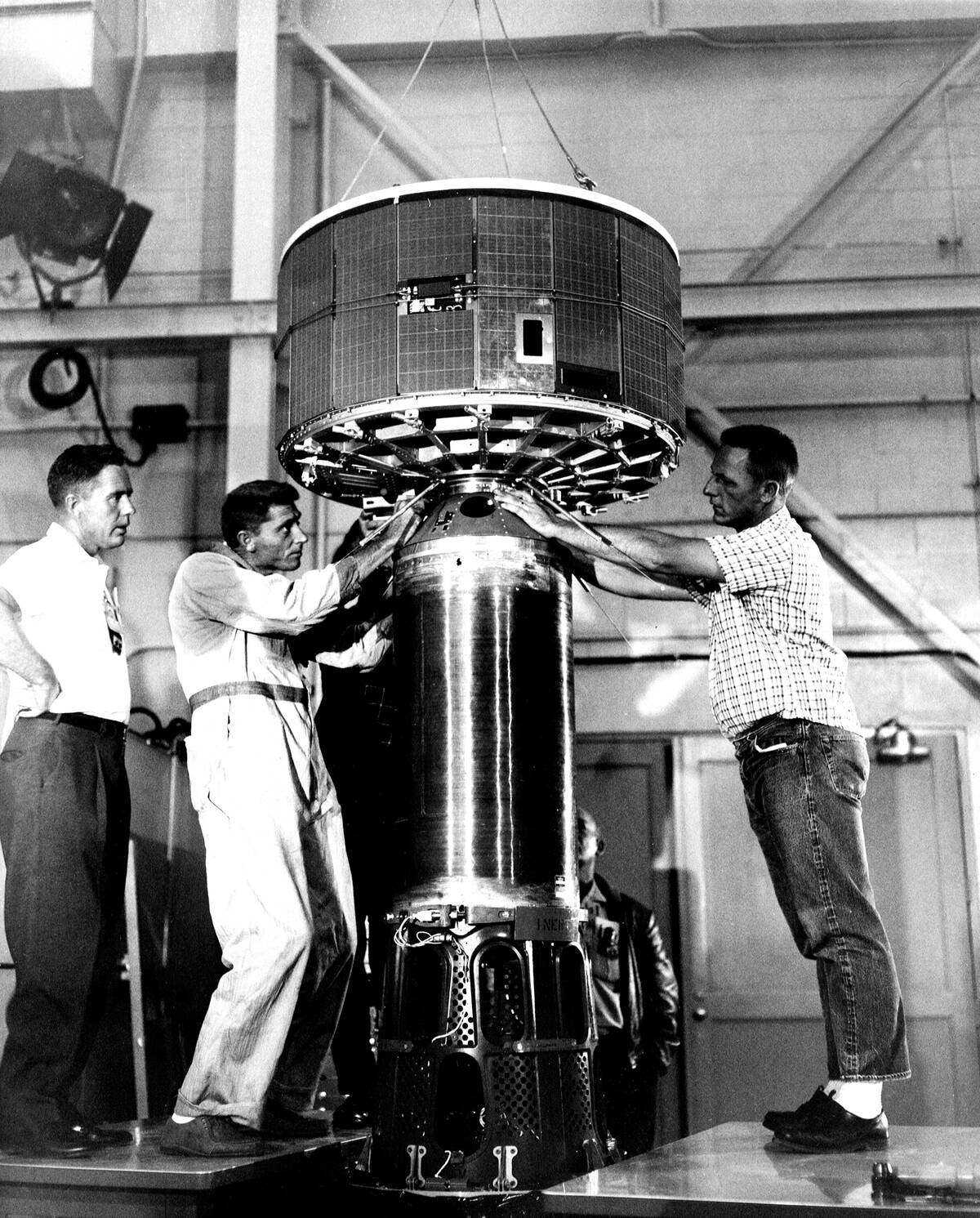
In modern times, we take for granted the fact that satellites in space help to inform our weather forecasts, something that started in April of 1960 thanks to TIROS-1 (Television Infrared Observation Satellite), the world’s first successful weather satellite.
This was a groundbreaking moment for meteorology, as the satellite allowed meteorologists to observe large-scale weather systems in real time. Before TIROS-1, weather forecasts relied almost entirely on ground-based observations with limited aerial reconnaissance. While the satellite only operated for 78 days, it served as a proof of concept for the more advanced weather satellites that would follow.
Suburbs represented the American Dream.
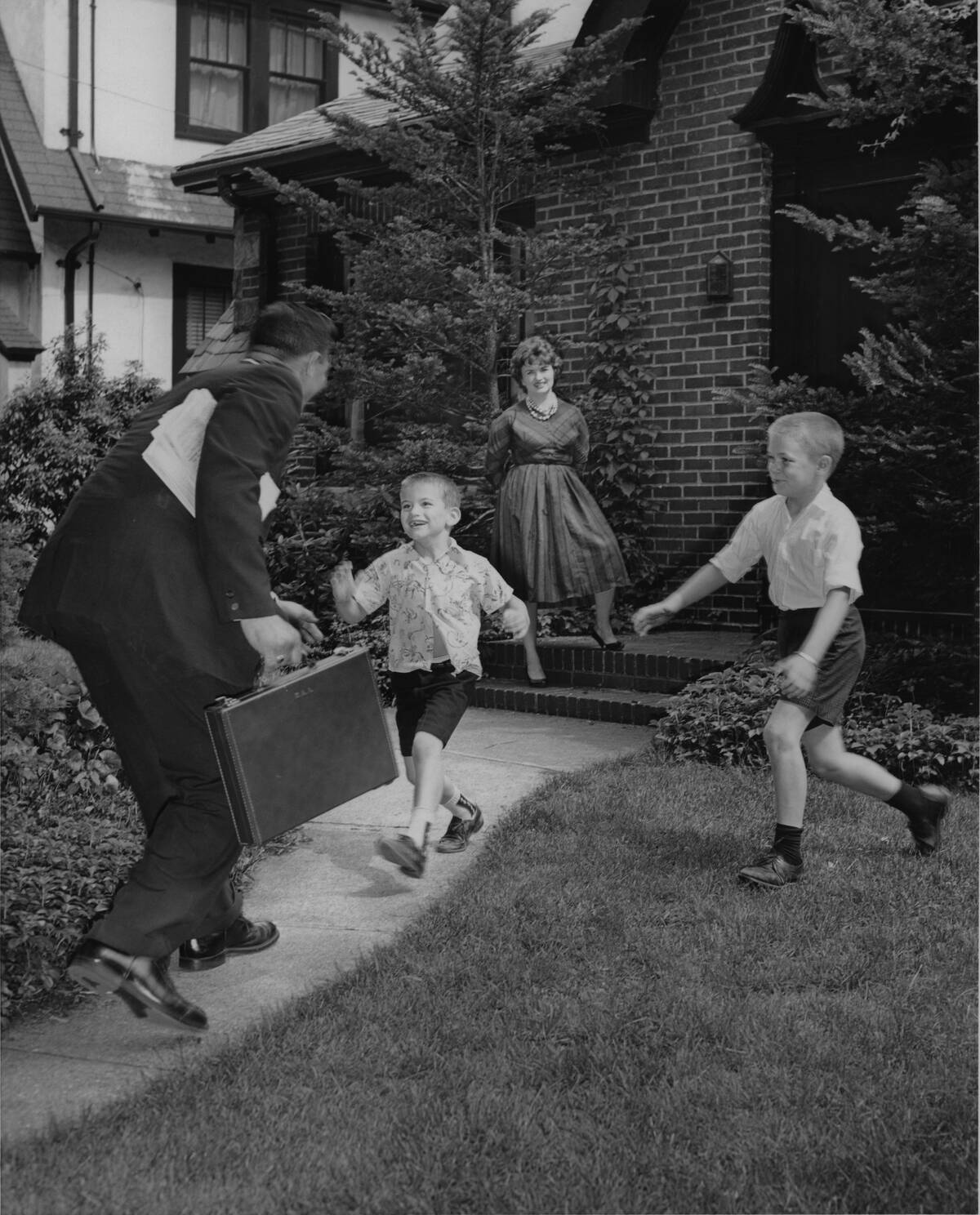
The concept of the American Dream predates suburbs by quite a bit, but in the 1960s, the two became practically synonymous. After the first large-scale American suburbs emerged in the late ’40s and early ’50s, the 1960s saw an unprecedented housing boom.
This boom went hand in hand with the growing car culture in the U.S. and also led to urban decay, as many families left city centers in favor of larger properties in the suburbs.
The Sino-Soviet split deepens.
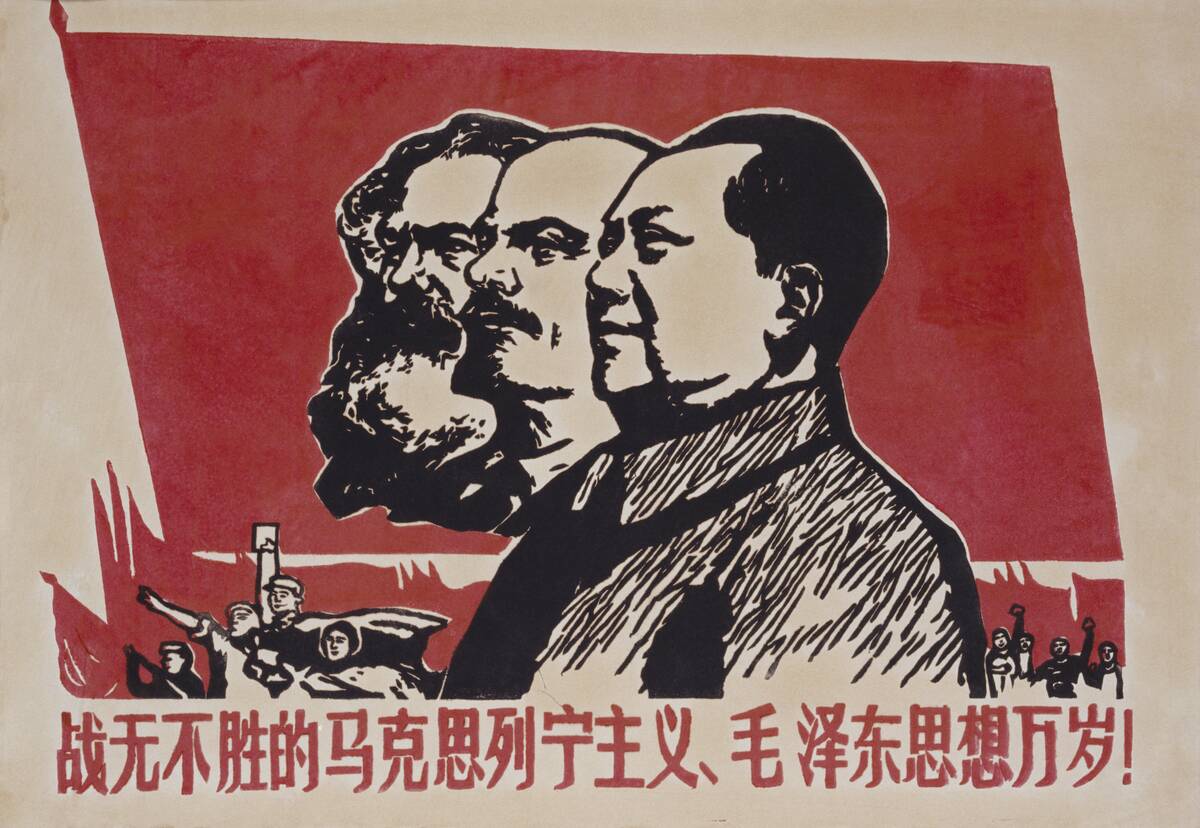
The two largest communist powers in the world, China and the Soviet Union, were theoretically allies thanks to their shared ideology — but a rift that had been ever-present only deepened in 1960 due to disputes over ideology and border disagreements.
Chinese leader Mao Zedong accused Soviet Premier Nikita Khruschev of softening his communist principles due to his relatively peaceful coexistence with the West. Khruschev fired back, saying Mao’s radical approach was bad for geopolitics. The split divided the communist bloc, which in turn caused the United States and its allies to rethink their strategies in Asia.
A revolutionary TV show made its debut.
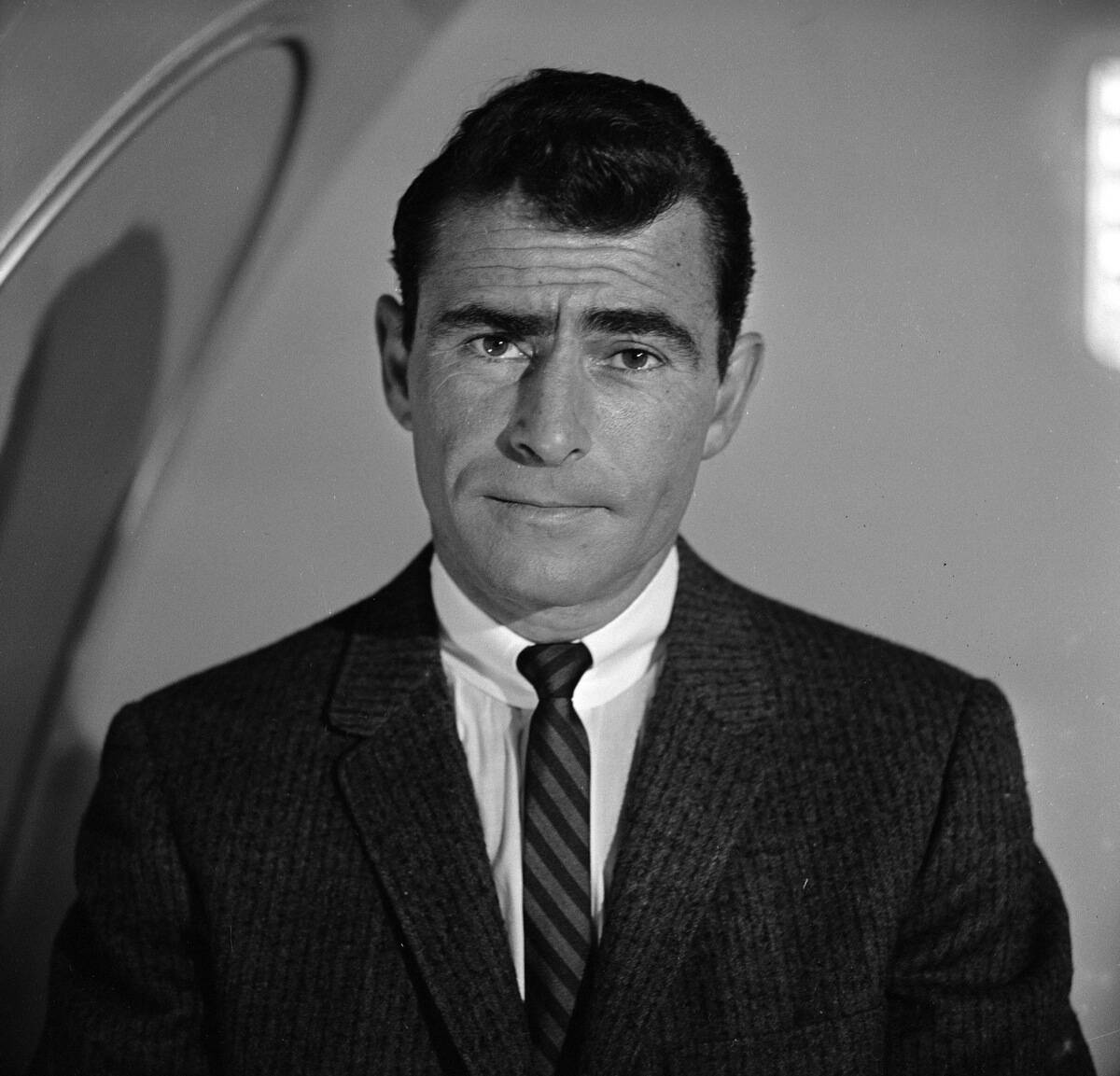
The iconic Twilight Zone aired its first episode on October 2nd on CBS. Constructed as an anthology series and hosted by series creator Rod Serling, the show used science fiction, fantasy, and horror as a lens to explore social issues, human nature, and moral dilemmas.
It was a fortunate time for the series to emerge, as Cold War paranoia was ever-present in 1960. Serling’s thought-provoking storytelling challenged viewers to reckon with their assumptions and prejudices — a sharp contrast to the straightforward storytelling seen in most shows of the era.
The first laser was created.

Physicist Theodore Maiman demonstrated the world’s first functioning laser at Hughes Research Laboratories in California in May. The magic of lasers was the stimulation of ruby crystals with intense flash lamps, which would create a concentrated beam of light.
The first laser was simply a demonstration of a theory, but practical lasers would be developed in the years to come. Today, lasers have countless practical applications, from medicine to industry to telecommunications.
Nuclear missiles went mobile.
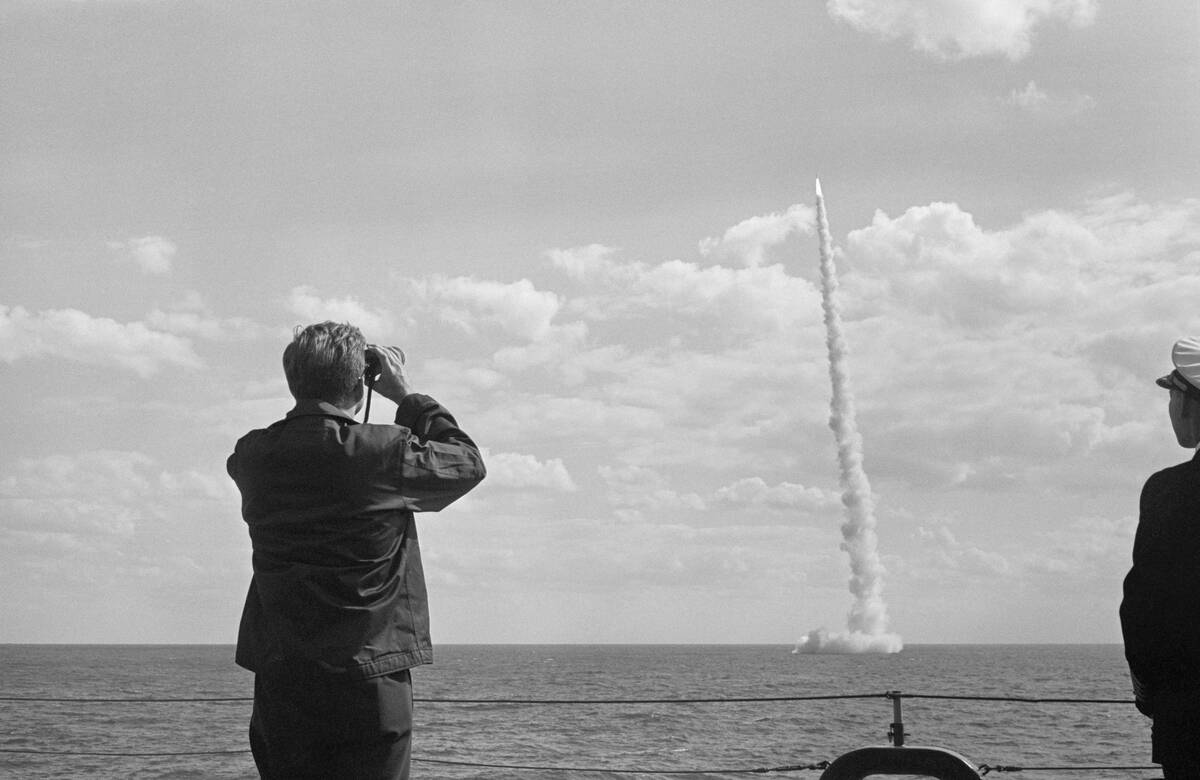
The prospect of all-out nuclear war was on everyone’s minds in the 1960s, so every new development in this sphere brought a combination of awe and terror to the general public. One major breakthrough of 1960 was the development of the Polaris missile, which allowed nuclear missiles to be launched from submarines that were underwater.
It was a major step forward for the United States and its nuclear deterrent strategy, and also helped to counteract the missile gap that existed at the time. In time, technologies such as this contributed to the concept of Mutually Assured Destruction, which — somewhat conversely — led to a de-escalation of tensions.


